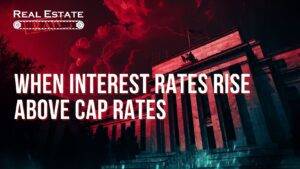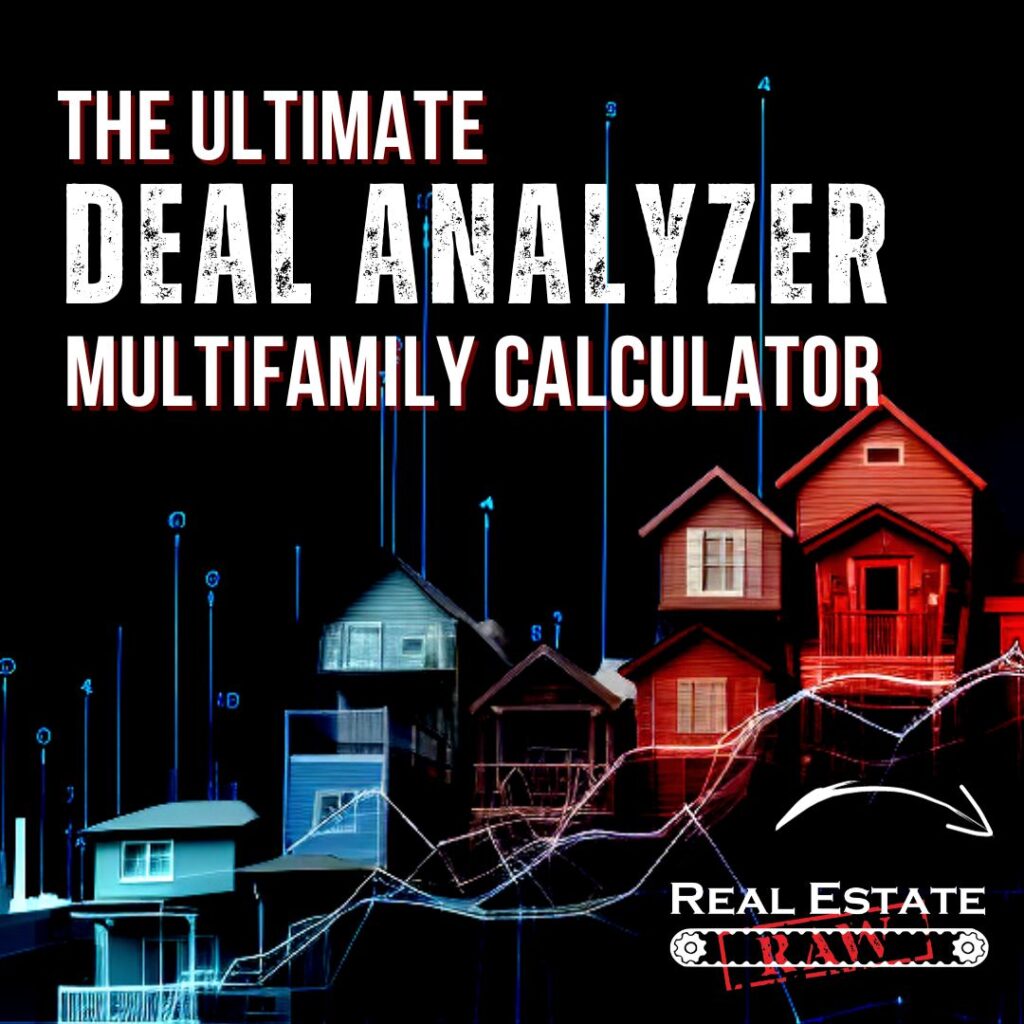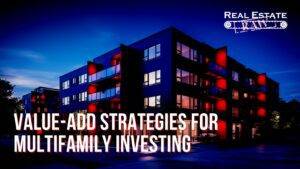In multifamily real estate, a “comp,” short for “comparable,” is a similar property used to estimate the value of another. Comps or comparable data can be used to evaluate the current market value of a property as well as current market rents for a unit. Multifamily comps must be alike in size, location, and amenities with the subject property when analyzing comp data to accurately calculate the fair market value of a property.
There are four major categories to consider when looking at comp data for a multifamily property investment. They are location, age, amenities, and size. Here is a breakdown of each.
Age
The original date of construction (not renovated date) of the comp buildings should be no more than ten years over/under the subject properties date of construction. For example, a building built in the year 2000 would have acceptable comps built from 1990 to 2010. Buildings built in the 1960s and 1970s (unless heavily renovated) are not good comps for newer assets.
There are many reasons why but the two biggest would be the aging infrastructure of the buildings and the amenities. The old plumbing, electrical, roofs, etc. will be expensive to replace and even more expensive if you don’t. The amenities (and general feel of the property) will be very different between the older and newer buildings. This will greatly affect the rents and ultimate sale price of the property.
Size
The size (number of units) of comparable multifamily properties should be within 20% of the subject property. This means that the comps can be 20% lager or smaller than the subject. A 100-unit apartment complex would have comps from 80 units to 120 units.
The reason for this is that lager properties will have a different rental culture than the small ones. 100 units can be its own community. Friends and families will gravitate toward each other there. Smaller properties typically will have less of a cohesive community to them. The tenants know each other but it will have that small property feel. This can be very important to younger renters in the market. This is why the rents may not be comparable across the spectrum of large to small assets in the market.
Amenities
This one is easy. Make sure your property has similar amenities to the one you are looking at. This will include things like a pool, office/clubhouse, fitness or business centers, an onsite laundry room vs. washer and dyer hookups in the units. The availability of delivery services and good cell phone coverage can be easily overlooked amenities but will be high on your tenants’ list of important items. Multifamily owner/operators often overlook the lack of amenities as well, such as a quite neighborhood. If your property is near a busy intersection or butts up to a highway, you may get less in rent than one in a more rural setting.
“Walkability” is a big topic in multifamily housing today. How many places of interest can your residents walk to and how easy is it to walk there? Apartments that have a high walkability index and offer a “live, work, play” lifestyle can command premium rents and would not be good comps for similar assets located in a more rural setting.
Location
Ideally the comps should be no more than 3-5 miles away from the subject property and never in a separate city altogether. The higher the population density in the city surrounding the subject property the closer the comps need to be.
Consider the population density of Los Angelas, California vs. El Paso, Texas. If you were to drive one straight mile across each city, you would encounter millions of people in L.A. and thousands in El Paso. The population demographics change tremendously over short distances across densely populated cities. Less populated cites (typically) have less change in the same physical distance. Keep this in mind when looking at comparable properties. Closer is always better but it is critical in big cities.
How to Gather Information on Comparable Multifamily Properties
Here are a few suggestions for finding comp data for multifamily properties.
Use public records. County records offices often provide information on property sales, including details like price, square footage, and number of units. This can be a good starting point, but the data may not be as comprehensive as professional sources.
Several online platforms, like CoStar, Reonomy, and Yardi Matrix, offer extensive databases of multifamily property information. They allow you to search by various criteria, analyze rent trends, and even create owner information contact lists.
For smaller to midsize (2-40 unit) multifamily properties the Multifamily Listing Services (MLS) can be a good place to look. If you don’t have access to the MLS, you will want to reach out to a local realtor. Give the realtor your buying criteria and have them set you up to be automatically notified if any properties fitting that description become available in the system.
A more organic approach is to use the comparable data provided by realtors in offering memorandums (OMs) that are created for currently listed properties. When a commercial realtor lists a property for sale, they first create an OM that will provide all the basic information about the property being offered. This OM will usually contain some comparable properties and relevant info about each. Look at 5-10 OMs form several different realtors in a market to get a general sense of the local values. The best way to find these OMs is to go to the realtor’s home website such as Marcus and Millichap or Cushman and Wakefield.
In conclusion, when selecting comps for multifamily deals, it is crucial to prioritize properties that closely resemble the subject property in terms of location, age, amenities, and size. By carefully considering these four factors, you can ensure a more accurate and reliable valuation of the subject property.
Remember, the goal is to find comps that are similar enough to provide a clear picture of the subject property’s market value, without being so different that they skew the results. By following these guidelines, you can avoid getting “screwed” and make informed decisions when it comes to multifamily real estate investing.
For more information like this check out my blog at www.realestateraw.com and join my Facebook group Real Estate Raw for Multifamily Investors.
Best of luck!
Bill Ham


































